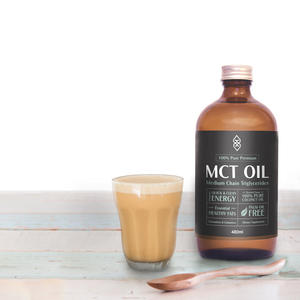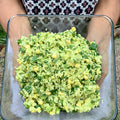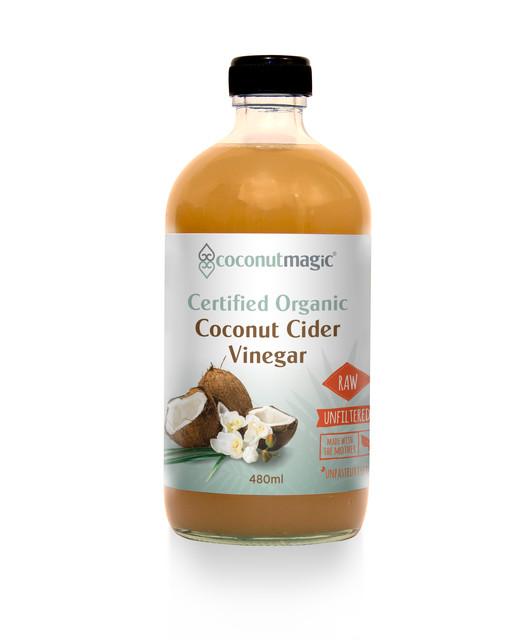In the meantime, you are walking up and down the aisles, looking for the best food to bring home for the week. You find yourself in front of a ridiculously wide variety of choices, claiming a range of different attributes, health benefits and certifications. Reading the ingredient list is even more exhausting, and considering the limited amount of willpower you have left after a day’s work, you possibly can’t spend the next hour analyzing every label, so you end up choosing the most legitimate items which, at first glance, fits your selection criteria may it be vegan, cruelty-free, preservative or additive free, sugar free, gluten free, anything! And this is exactly what companies aim for when they put their products out in the market: easing the decision-making process and trigger immediate purchase by appealing to customers’ emotional response.It is that time of the week again when you make your way to the local supermarket to get some food; such a shame you didn’t have time to go to one of the many farmers’ markets on the coast over the weekend. Blame the surf, a camping adventure, work or pure laziness; the farmers’ fresh produce will have to wait to another time.
Even with the overwhelming amount of available information about nutrition out there, good science often gets disguised by better marketing. That is why it is so important, especially when adhering to a specific diet, to learn about the common faulty practices taking place in the food industry.

The current situation at a glance
Australia is now the third-fastest growing vegan market in the world, after the UAE and China. This makes it a profitable opportunity for companies to alter and market their product to take advantage of this growing market. Australia’s packaged vegan food market is currently worth almost $136 million, set to reach $215 million by 2020. No wonder companies are urging to go animal-free! However, this has also given rise to greenwashing: the act of misleading consumers regarding the environmental practices of a company or the environmental benefits of a product or service. One of the most common illegal practices within the food industry is the use of fake labels or third-party endorsements as an effort to responds to consumers’ demand for third-party certifications. For example, last October, ABC News “found products in shops using the term organic and claiming to contain certified organic extracts when they did not have an official organic certification logo.” Besides, growing trends in the industry such as the demand for gluten-free options resulted in opportunistic marketing for companies who deliberately use gluten-free claims and charge a premium price on products that are naturally gluten-free. Even though misleading labelling is illegal in Australia, some companies are still found guilty of these faulty practices.
Where to start
The easiest way to genuinely avoid consuming animal-derived ingredients is to consume real food: fruits and veggies, grains, rice, beans, lentils, nuts and seeds, etc. and limit the consumption of processed and packaged food that contain unrecognisable ingredients. In an ideal world, we would all buy seasonal, fresh produce from the local markets and could directly be informed about the process methods and provenance of the food we consume. Easier said than done. So for those times supermarket is more convenient, it is important to learn and be familiar with the different ingredients and claims that can be found in processed or packaged foods.
How to tell if a packaged food or product is vegan?
1. Look for a valid certification:
There are currently no vegan certification schemes in Australia. If you want to insure the authenticity of a vegan product, look for the UK’s The Vegan Society’s trademark symbol or the US group Vegan Action’s certified logo. If you are concerned about food-related issues such as organic, place of origin or fair trade, look out for the certified labels. Australia has seven organic certifying bodies that you can research and become familiar with, bearing in mind that the standards between each organization vary. If you are wondering about the origin of a product, make sure the label says “Product of” or “Grown in” which both mean that each significant ingredient has either originated or was grown in Australia. If the label indicates “Made in” it means the product was substantially transformed in the country regardless of the provenance of the ingredients, and if it indicates “Proudly Australian owned” or “100% Australian owned” it refers to the ownership of the company and not the origin or production of the food.

2. Check the allergen information:
Looking at the allergy information first is a quick way to know if the product contains any animal derived ingredients upfront, without having to go through the ingredients list. Most allergy information will disclose if If the product contains milk, eggs, shellfish or even now gluten and nuts.
3. Read the ingredients:
The less ingredients, the better and the quicker you can identify them, the easier it becomes to make a purchasing decision. There are many by-products derived from animals and most of them are not that so obvious. Here is a list of the most common words to look out for:

Vegan Easy and Peta both provide an extensive list of food additives to look out for.
A few other things to be aware of when reading ingredients is the presence of other non-animal components that you may want to avoid depending on your diet choices such as sugar, salt and additives. They may all appear under a range of different names which you can also learn to easily identify over time.
4. Look for animal testing:
For the purchase of personal care of cosmetic product, look for the Coalition for Consumer Information on Cosmetics (CCIC) bunny label, PETA’s cruelty free bunny logo or Choose Cruelty Free's rabbit logo. You can use the shopping guides provided by both these organisations to find out which products have not been tested on animals. Make sure you still look for the ingredient list as some items might not have been tested on animals but still contain animal derived products.
In Conclusion
It remains a challenge to remove any animal trace from the food and products we consume, especially considering that the steel frame of your bicycle might have been lubricated using animal fat, the rubber tires on your car might have been shaped using animal-derive stearic acid and that the glue tying your wood musical instrument together might be made out of animal skin and bones! Perfection doesn’t exist so as long as you make the conscious effort to educate yourself about the various products you consume, and that you are aware and accepting of what your put into your body, on your skin and of what your bring into your life, you shouldn’t worry too much about the rest. Awareness is empowerment and small changes make a big difference!
AUTHOR: LIZ LEMIEUX
Liz grew up in the beautiful nordic city of Quebec in Canada. A qualified yoga instructor and a business graduate, Liz is passionate about health, sustainability and social entrepreneurship. Besides yoga, she enjoys surfing, outdoors, cooking, and planning her next travel adventure. Liz manages marketing and social media at Coconut Magic. You can learn more about Liz at lizlemi.













